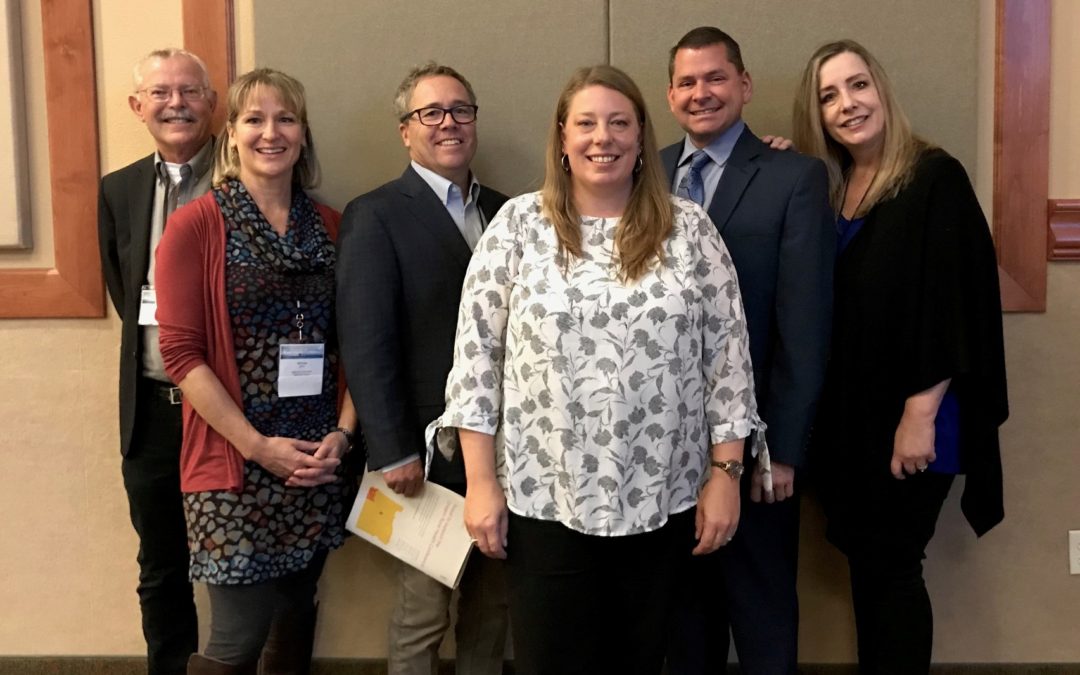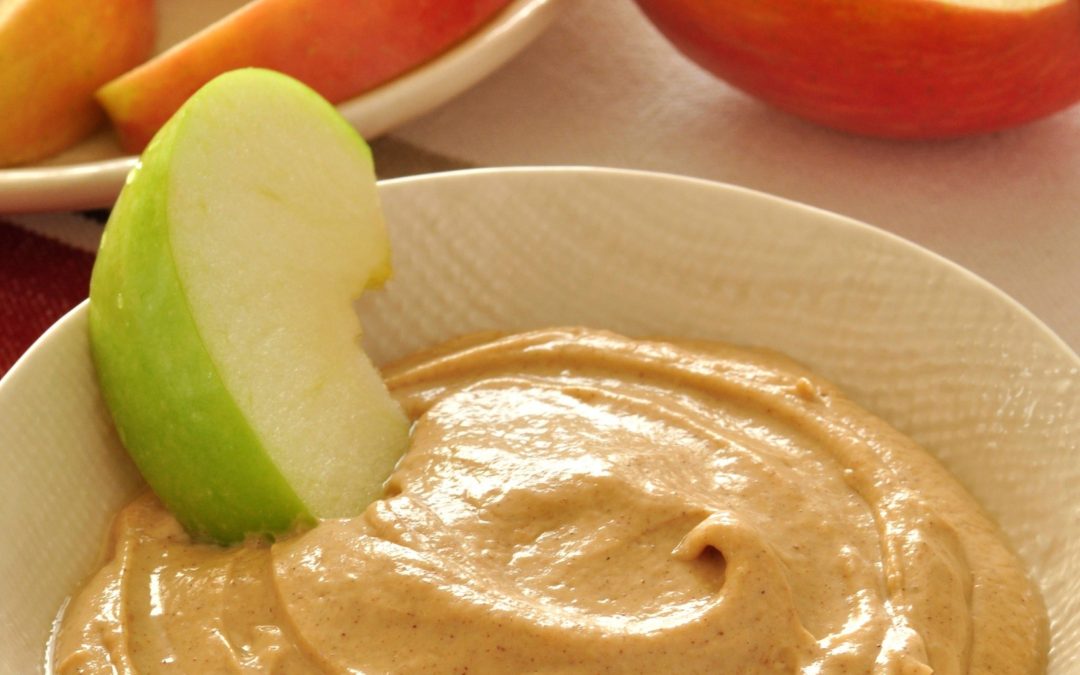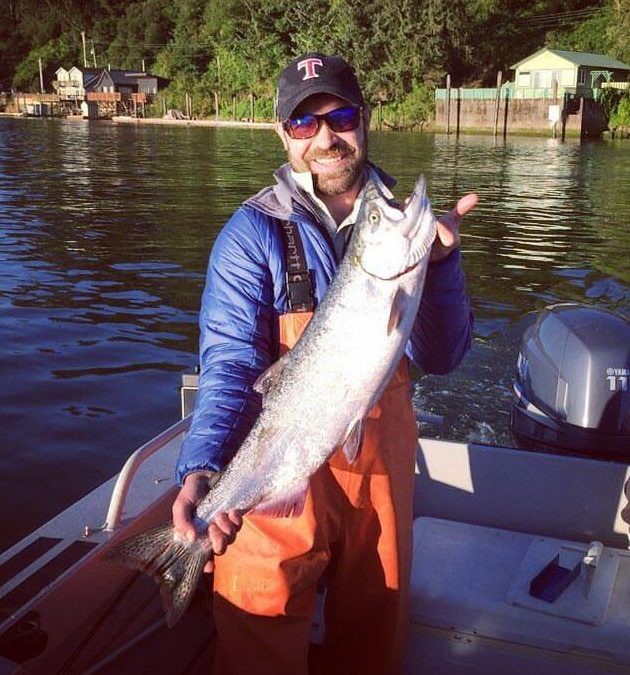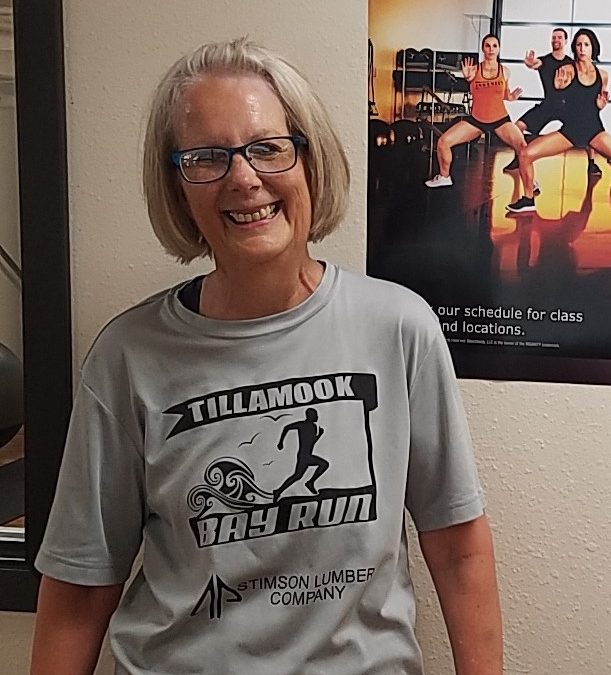
by Michelle | Jan 2, 2020 | Being Well
By: Michelle Jenck, M.Ed., Wholly Healthy LLC
The term “Wellness” can mean different things to different people. In the past, people considered the word wellness to mean the degree to which someone is not sick. Now, people are beginning to understand that “being well” is much more than “not being sick.”
Dr. Halbert Dunn, former chief of the U.S. Public Health Service National Office of Vital Statistics, came up with the term “high-level wellness” many years ago, describing it as:
- Far more than the absence of disease or infirmity
- An awareness and aliveness to the world in which one lives
- Having a sense that our body and mind are in tune with the world around us
- An energized spirit where no task is too difficult, no hurdle too high
We recognize these traits and are attracted to them in other people, but they often seem out of reach. How does a person achieve high-level wellness? In order to answer that question, it might help to break down the idea of wellness a bit more.
The Substance Abuse and Mental Health Services Administration (SAMHSA) Wellness Initiative states that there are eight dimensions of wellness: Emotional, Social, Financial, Occupational, Physical, Intellectual, Environmental and Spiritual. Each dimension is interconnected and dependent upon the others. When one is out of balance, it often affects the other dimensions. For example, financial stress might cause emotional distress and that, in turn, can hurt our social or work relationships. At first glance, this can seem overwhelming. These eight areas encompass so much of our already busy lives, it is difficult to determine what is causing our stress and what we can do about it. How on earth can we be expected to resolve the myriad issues that go sideways in any one of the dimensions, let alone across multiple areas?
In looking at how Dunn further describes wellness, we do get some clues. He cites three qualities of high-level wellness which include:
1) A direction of progress toward a higher potential of functioning;
2) A continual challenge to live at a fuller potential;
3) The integration of the total individual in body, mind and spirit in the functioning process.
Notice the words Dunn uses to describe this process: direction, continual challenge and integration. These are not end points in a process. They are the process. It is in the approach – in the “doing” – that we become well. When we choose an apple instead of a candy bar for that late afternoon snack, we are moving in a direction. We are helping ourselves realize our full potential in that one simple act. When we choose to meet a friend for a walk instead of a glass of wine. When we decide to make coffee and meals at home instead of spending the extra money eating out. When we choose to turn off the screen we are watching at night so we can get eight hours of sleep. When we decide to set aside fifteen minutes each morning for prayer or meditation. Over and over, day after day, we are presented with the “continual challenge” to move toward wellness. Over time, these micro-changes in our lives add up, functionally changing who we are in every aspect of our lives allowing us to realize our full potential from that one simple act.
With that in mind, we are excited to launch our Tillamook County Wellness “Choose Well” campaign. During this year you will see opportunities to Eat Well, Move Well, Work Well and even Screen Well with preventive health screenings. To kick things off, we invite you to follow us as we share simple tips and tricks for improving our eating habits. Consider choosing one small change each week, maybe try one of our delicious recipes or even just setting aside one night each week for a family meal.
According to Dunn, these changes can lead to “an intoxicating and contagious sense of joy.” Ah, yes. That sense of awareness and aliveness that we observe in others and seek for ourselves. This is the what Tillamook County Wellness is all about. Collectively, we are Making Healthy Happen. We can lead by example as individuals, parents, friends, family members and co-workers; making small changes in our daily lives and invite others to join us along the way.
For more local health and wellness information, follow Tillamook County Wellness on Facebook, Instagram and Twitter.

by Michelle | Nov 14, 2019 | Move Well
It’s been a busy Fall for the Tillamook County Wellness leadership team. Invited to present at three state-wide forums during the first two weeks of October, it’s safe to say that Tillamook and its Wellness initiative are “on the map” in Oregon.
On October 4th our team led a panel discussion at the 36th annual Oregon Rural Health Association (ORHA) conference in Bend on the topic, “Building Health from the Ground Up.” Team members, Commissioner Bill Baertlein; Marlene Putman, Public Health Administrator and Director of the Tillamook County Community Health Centers; Eric Swanson, President of Adventist Health; Dusti Linnell, OSU Ext; Steven Blakesley, OHSU; and Michelle Jenck, contracted coordinator, shared the history of Tillamook County Wellness with public health, hospital, clinical and community health professionals from across the state. In addition, healthcare payors and policy makers were in attendance.
Key takeaways from the session included the fact that changing community culture around health and well-being starts with the people. The ideas and inspiration for change must be authentic to the local population rather than being imposed from above or outside. Additionally, it was noted that “Change happens at the speed of trust.” Without trusting relationships, working collectively doesn’t work. The fact that competing healthcare providers are working together to improve population health is just one example of this. The team’s presentation also featured the recently produced “Trails Day” video showcasing the innovative collaboration between multiple community partners which brought students from Nestucca Valley Jr./Sr. High School to Camp Meriwether for a fun day of outdoor education. Volunteers from the U.S. Forest Service, a local mountain biking group, TORTA, Trailkeepers of Oregon and many others worked together to share their love of the outdoors with nearly 200 students and staff.
Feedback from the audience was overwhelmingly positive, with one respondent stating, “Thank you for your motivation! It has inspired me to go back to our small, rural community to work for better collective impact. We have been stuck too long pursuing familiar options.”
Within hours of the ORHA Conference presentation, two members of the team, Steven Blakesley and Michelle Jenck, headed off to Roseburg to speak at the Oregon Trails Summit, presented by Oregon State Parks and the Oregon Office of Outdoor Recreation. Topics there included how a partnership between a private timber company and trails advocates led to the development of new mountain biking trails in Clatsop County, as well as how private landowner and land use issues must be considered when developing community trails.
Then, on October 15th, Dusti Linnell, Oregon State University Assistant Professor, Family & Community Health and Steven Blakesley, OHSU North Coast Community Research Liaison, gave a presentation at the Oregon Public Health Association Conference on “Partnering with non-health organizations to reduce type 2 diabetes risk in rural Oregon.” The presentation highlighted how the participation of non-traditional partners in this health initiative has led to the development of innovative approaches to engage community members in risk-reducing behaviors. To illustrate this, they highlighted two Tillamook County Wellness partners and their perspective on why they are part of Tillamook County Wellness.

One example was Justin Aufdermauer, President of the Tillamook Area Chamber of Commerce who said, “Tillamook County Wellness is a cross sector of community organizations that the Chamber has had very little opportunity to engage with. We feel that this new opportunity to engage has strengthened relationships for the Chamber with both wellness team members and our Chamber members; ultimately furthering our mission to build a strong community where businesses can thrive.”
A second example was from Deborah Wilkins, District Ranger, U.S. Forest Service, Hebo Ranger District, who said, “The U.S. Forest Service’s involvement in the Tillamook County Wellness Trails Day is part of being a leader in our community and a partner in our community. Helping kids understand why they want to have positive interactions with the forest service, positive interactions with trails. And to let them know that this could be part of their lifestyle and their way of being healthy and fit and happy, and it is right out their back door.” Through their presentation, they conveyed why it is critical that to support community health, everyone needs to be part of it. They shared with public health professionals how Tillamook County Wellness has been successful in creating space for organizations outside of the health sector to help our communities thrive.
Tillamook County Wellness partners along with the residents who are joining this movement, are not only shaping the health of our local communities but they are inspiring others throughout the state to do the same. Together, we really do make a difference.
For more local health and wellness information follow Tillamook County Wellness on Facebook, Instagram and Twitter

by Michelle | Nov 1, 2019 | Lunch & Snack Recipes, Recipes
Photo & Recipe Source: FoodHero.org
Number of servings: 6
Time for preparation (including preparation and cooking): 5 minutes
Ingredients:
1⁄2 cup nonfat plain yogurt
1⁄4 cup peanut butter
3⁄4 teaspoon cinnamon (optional)
Directions:
- In a small bowl, mix together yogurt and peanut butter. Add cinnamon, if desired.
- Serve with slices of fruit or vegetables.
- Refrigerate leftovers within two hours.
Notes
- To avoid peanut butter, try sunflower seed butter.

by Michelle | Aug 29, 2019 | Move Well
The Tillamook County Wellness “Why I’m In” interview series highlights our community partners and what has inspired and motivated them to work toward the common goal of improving community health.
“WHY I’M IN …” an interview with Kaylan Sisco, CEO & Executive Director, Tillamook County Family YMCA
What drew you/your organization into the Year of Wellness, now Tillamook County Wellness?
The fact that this effort is community-wide and shares the same mission as the Tillamook YMCA is what attracted me to the effort. The impacts we seek in improving community health are the same for the Y as they are for Tillamook County Wellness. It just seemed like a very symbiotic relationship.
What, if any, changes have you seen come about as a result of this work?
The overall attitude people seem to have around community health has changed. People are demonstrating greater self-efficacy, taking their own wellness into their own hands. I feel like more people are seeking out options and voicing their expectations about what they think should exist. I think that’s great.
What have you learned from being involved in this work?
I’ve learned first and foremost that you cannot stop people in Tillamook County from doing what they are passionate about. The best thing you can do is to tell someone from Tillamook, “no,” because they’ll set about to prove you wrong. The boldness, empowerment and pride the people in this community have for themselves and their fellow community members is impressive.
What are your hopes for this work as it relates to you/your organization?
As it relates to the Y, I hope that people have a better understanding of how deeply involved and interwoven the Y is in this community. Not just within the walls of our facility but outside of it as well. Tillamook County Wellness is just one of many partnerships we are engaged in. I hope that people see how supportive the Y is of many valuable efforts. We are really trying to be a true community center and support for what matters to people.
What are your hopes for this work as it relates to changing population health in Tillamook County.
I want people to be happy! I truly believe that when someone finds something that makes them happy, they will work harder to duplicate that behavior. If we can make being healthy something that makes people happy, they are more likely to adopt it into their lifestyle. If we, as a movement, as friends, families, co-workers, and fellow community members can make what we do easy, accessible, and fun, then that will determine what our health looks like going forward.
If you’re happy and you’re social and you move, you’ll live a longer, happier life. Even with an extreme health diagnosis, if you engage in those three things, you are likely to live a longer, higher-quality life. If we can get to that point, I think we could see a huge shift in healthcare.
Is there anything else you’d like to add about the Y’s involvement in Tillamook County Wellness?
I am pleased and honored that the Y was asked to be part of Tillamook County Wellness and I appreciate that people view the Y as an asset and a driver for community health and livability. Something a lot of people don’t realize is the fact that we sacrifice a lot of our budget to offer free programs for populations that need it. I am especially grateful for the partners and advocates we have out in the community who help us tell our story and connect people to us as a resource.
For more local health and wellness information, visit tillamookcountyhealthmatters.org or follow Tillamook County Wellness on Facebook, Twitter and Instagram.

by Michelle | Aug 23, 2019 | Being Well, Eat Well, Recipes

Pam Russell earlier in her journey
Pam Russell’s health journey, like so many others’, has had its ups and downs. Along with recovering from cancer and dealing with other life stresses, Pam has often been frustrated with her weight. As so commonly happens, it seemed there were always issues that got in the way of making lasting health behavior changes. She tried different “quick-fix” approaches, including a liquid diet, but she knew she was not on the right path. “For one thing, I wasn’t learning anything about making healthier choices,” she said, “Plus, I was spending all this money and not seeing the results I wanted. I knew I needed to change my approach but I didn’t know where to start.” Pam admits she was hoping to find a “magic pill” but she was also open to making a long-term commitment to change.
Pam learned that her risk for cancer reoccurrence would be reduced with healthier eating habits and better weight management. Highly motivated after going through cancer recovery, she asked her primary care provider for advice on how to improve her eating habits. Based on the success of other patients and knowing Pam was searching for a convenient solution, her care provider suggested she consider Weight Watchers.
After looking into the program, there were several elements that appealed to Pam. “I’ve learned so much!” she emphasized. “Choosing foods that are right for my goals and tracking what I eat has helped me eat differently.” Pam likes the app that is part of the program and how the points-based system helps with her decision-making throughout the day. What really works for her is that she is changing the way she eats, while also enjoying a better quality of life and sense of well-being.
Pam describes her own “aha” moment as she was learning about food choices. When she realized that fruits and vegetables are nutrient powerhouses that promote health and healing, she found they were much easier to choose and work into her day. She went on to say that what she has learned has totally changed her relationship with food and with eating. After trying many other “quick fixes” and spending a lot of money, she now firmly believes in the power of relatively simple food choices that can make such a big difference. Since, starting this journey, Pam has lost weight, reduced her cholesterol levels and she feels great.
Initially, Pam focused solely on changing her eating habits. Now that she has established a sense of routine around her eating habits, she has added exercise back into her daily life. She says, “adding exercise helped me bust through some of my weight-management plateaus and it also keeps me motivated.” She enjoys participating in group fitness classes at the Y and the sense of community and support they provide.
After the interview, Pam shared an observation of why she believes she and so many others come to the Y. “We go there to heal,” she said. “At least, I know that’s what it has done for me and I think that’s why a lot of other people are there too.”
There are many supports available to people seeking to improve their eating habits, including on-site nutrition services at Tillamook County Community Health Centers, Adventist Health & Rinehart Clinic as well as community programs like CHIP, Cooking Matters, Diabetes UnDone and Diabetes Prevention Program classes offered at the YMCA. Be sure to check with your primary care provider to see what options are available to you and if they are covered by insurance. For more information about local health and wellness programs, visit tillamookcountyhealthmatters.org or follow Tillamook County Wellness on Facebook, Twitter and Instagram.







